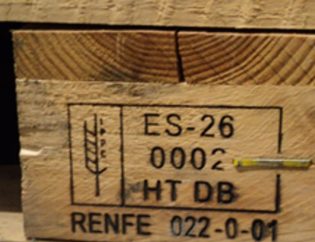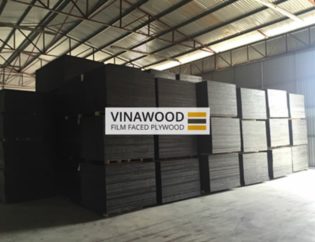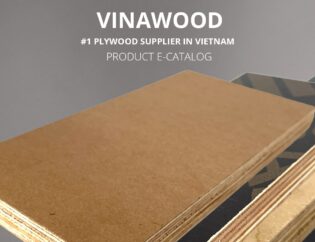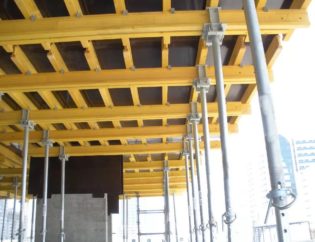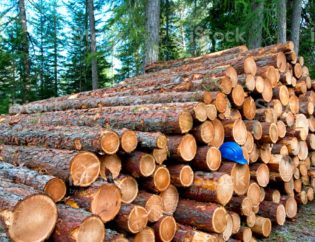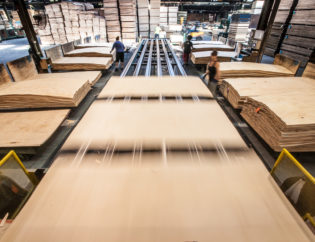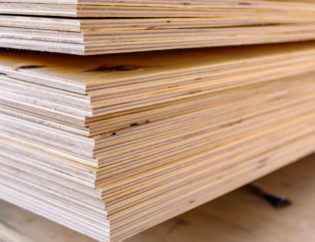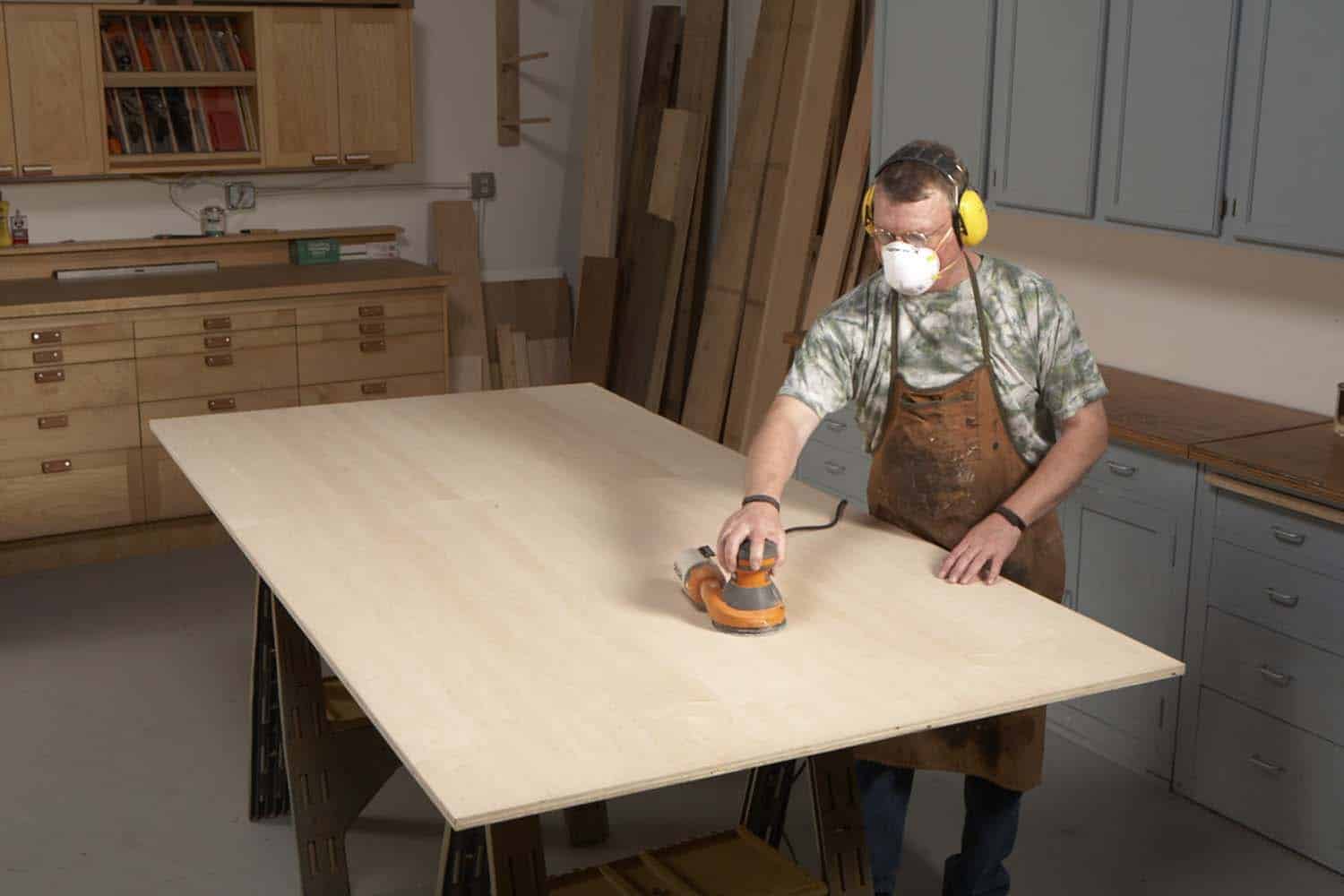
By Kevin Southwick – Using factory-made prefinished plywood makes cabinet building quicker, easier and cleaner, so it’s unfortunate that most home centers and lumberyards don’t stock it. Luckily, it’s easy to apply a finish that’s durable, good looking, silky smooth and fast drying on the unfinished plywood sheets they do stock.
The trick is to use a combination of two modern finishes. Zinnser’s Sealcoat, which is liquid dewaxed shellac, effectively seals the porous plywood. It’s ready to use out of the can (at a “two-pound cut”), dries quickly and is compatible with virtually all other clear topcoats. Varathane waterborne floor finish levels nicely and provides a smooth surface. Its formula contains aluminum oxide for extra abrasion resistance which makes it perfect for this application.
Also in this series: Kitchen Cabinet Essentials • How to Make a Cabinet Drawer Box • How to Install A Cabinet Drawer • How to Make a Cabinet Door • How to Install a Cabinet Door • Prefinishing Plywood
Prepare the Surface
Photo 1. Sand the plywood with 100 grit to remove scuff marks and minor scratches.
Finishing plywood for cabinet interiors isn’t nearly as fussy as finishing fine furniture, so every aspect, from preparing the surface to the applying the topcoat, can be relaxed a little. Remove any splinters from the edges of the sheet. Then sand it with 100-grit paper, using a random orbit sander (Photo 1). Use a tack cloth or vacuum to remove dust from the sanded surface. This step should take no more than ten minutes.
Hand Application
Applying the finish by hand is less messy than spraying and almost as fast. Solvent fumes will saturate the air in either case, due the large surface area being finished, so be sure to wear a respirator and provide adequate ventilation.
Photo 2. Roll on the shellac. Start in the middle of the sheet and work toward the ends. Roll half of the sheet and then move to the other side to finish the job.
Use a roller to rapidly apply the shellac (Photo 2). The best roller I found for this is a Purdy brand 1/4″ nap woven mohair roller. Purdy identifies this type by the name “Parrot”; it’s green in color. This roller will hold a lot of shellac and can be messy to use unless you roll it in the tray to press out the excess. Start in the middle of the panel and work toward the edges. The shellac dries quickly, so distribute it quickly and evenly. The slight “orange peel” pattern the roller creates is of no concern, because it will disappear once the floor finish is applied. Avoid overworking the shellac when it starts to get sticky. Wrap the roller in a plastic bag to save it for use on the next sheet.
Let the shellac dry 15 to 20 minutes. Then lightly sand the raised grain and dust nibs smooth by hand, using a block wrapped with 320 grit paper. Sanding should only take about five minutes. Use a dampened microfiber tack cloth to remove the dust. The roller can be wrapped up in a plastic bag for use on the next sheet.
Photo 3. Use a floor-finish applicator to apply a generous, thick coat of waterborne varnish. Use sweeping strokes to evenly distribute the varnish, followed by leveling strokes from end to end.
Apply one thick coat of the waterborne floor finish (Photo 3). The best applicator for this large (32 sq. ft.) surface is specially designed for floors. Its removable pad comes attached to a wood block that’s designed for use with a broom handle. (Because the plywood sits on sawhorses, you won’t need the handle.)
Pour the varnish into a roller tray. Dip the pad into the varnish and distribute it by starting in the middle of the sheet and working toward the edges. This material levels out very nicely if you flood it on and leave it alone. So apply it quickly and avoid overworking it. Allow 20 to 30 minutes drying time before handling. Remove the pad from the block and wash it out with water, so it’s ready for the next sheet.
Spray Application
Photo 4. Spray on the finish using an overlapping pattern and moving from end to end. Work from one edge to the middle and then move to the other side to finish the job.
It takes about a minute to cover the sheet with each coat of finish when you use an HVLP spray system. Fill the gun’s cup with Sealcoat. Then spray the plywood with a ”half-lapping” pattern (overlapping one half of the last pass) to ensure consistent coverage (Photo 4). As with the hand-application, let the finish dry 15 to 20 minutes, then lightly sand the surface by hand.
Use denatured alcohol and absorbent rags to clean out the spray gun. Be sure to remove all shellac residue. Such thorough cleaning is very important when switching from shellac to a waterborne finish, as leaving any small amount of shellac is guaranteed to gum up the works. Start by cleaning the cup itself. Then fill the cup with about 1/2″ of clean alcohol and spray it through the gun to clean all parts of the fluid pathway to the spray tip. Rinse and repeat.
Fill the cup with the waterborne finish and spray the surface. Lay on the finish nice and heavy, using a half lapping pattern. Clean out the spray gun using water. The sheet should be dry to the touch and ready to move in 20 -30 minutes.
Bio
Kevin Southwick is a wood-finishing specialist and furniture restorer/conservator in Minneapolis, MN. To learn more, visit southwickfurnitureconservation.com.
Vietnam Plywood
Vietnam Film Faced Plywood


